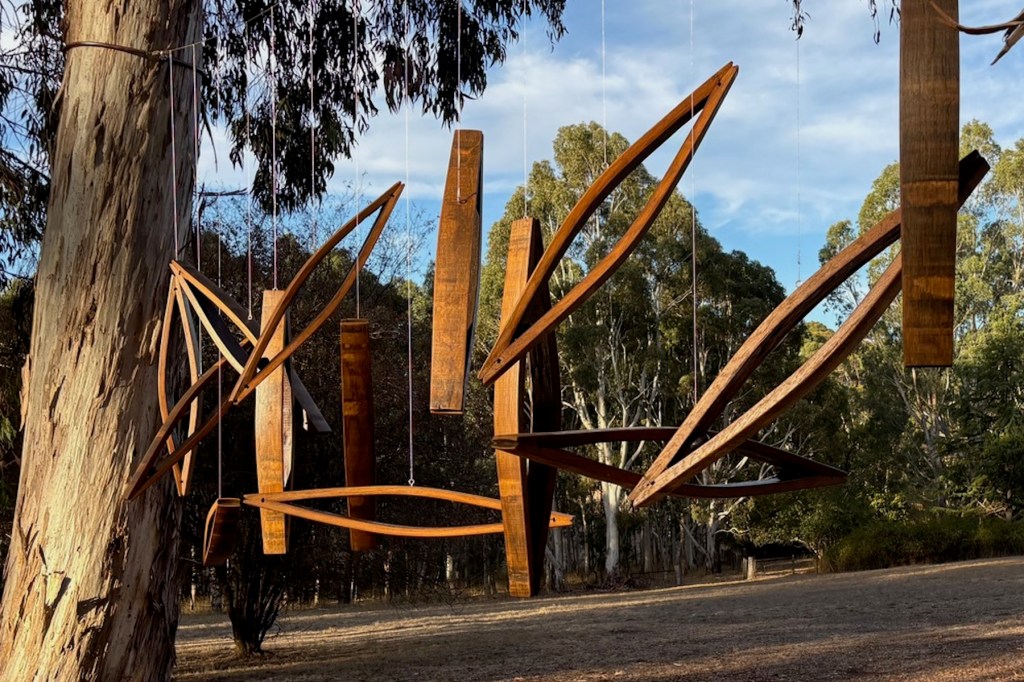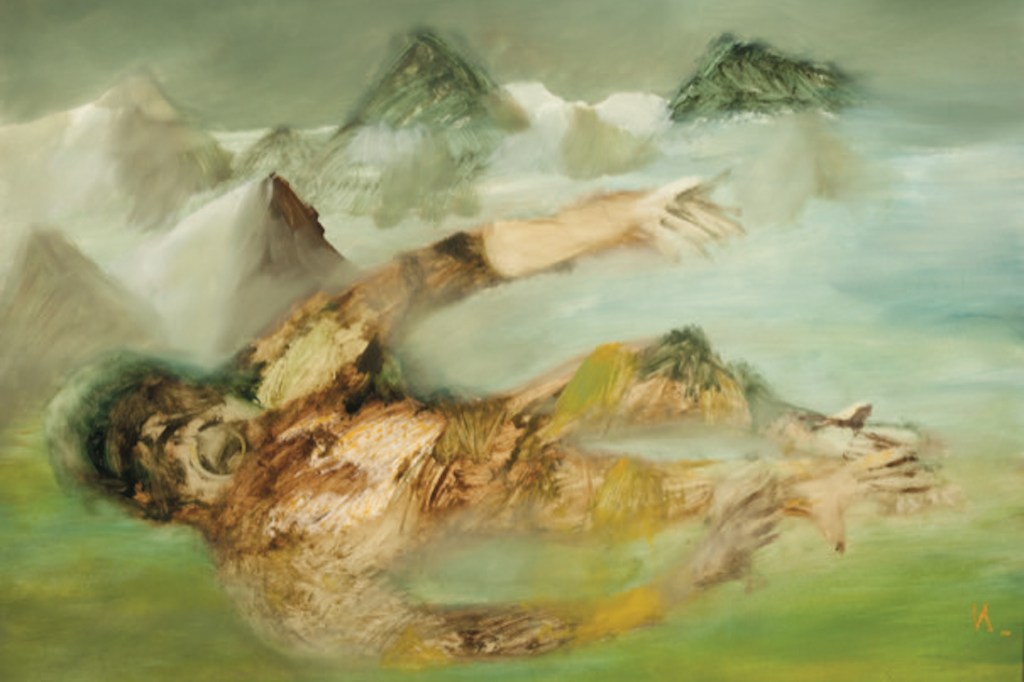Shared Skin traces families and rituals across borders and generations
A mixed media exhibition presented as part of Adelaide Festival, Shared Skin this group show explores new narratives of family and identity.
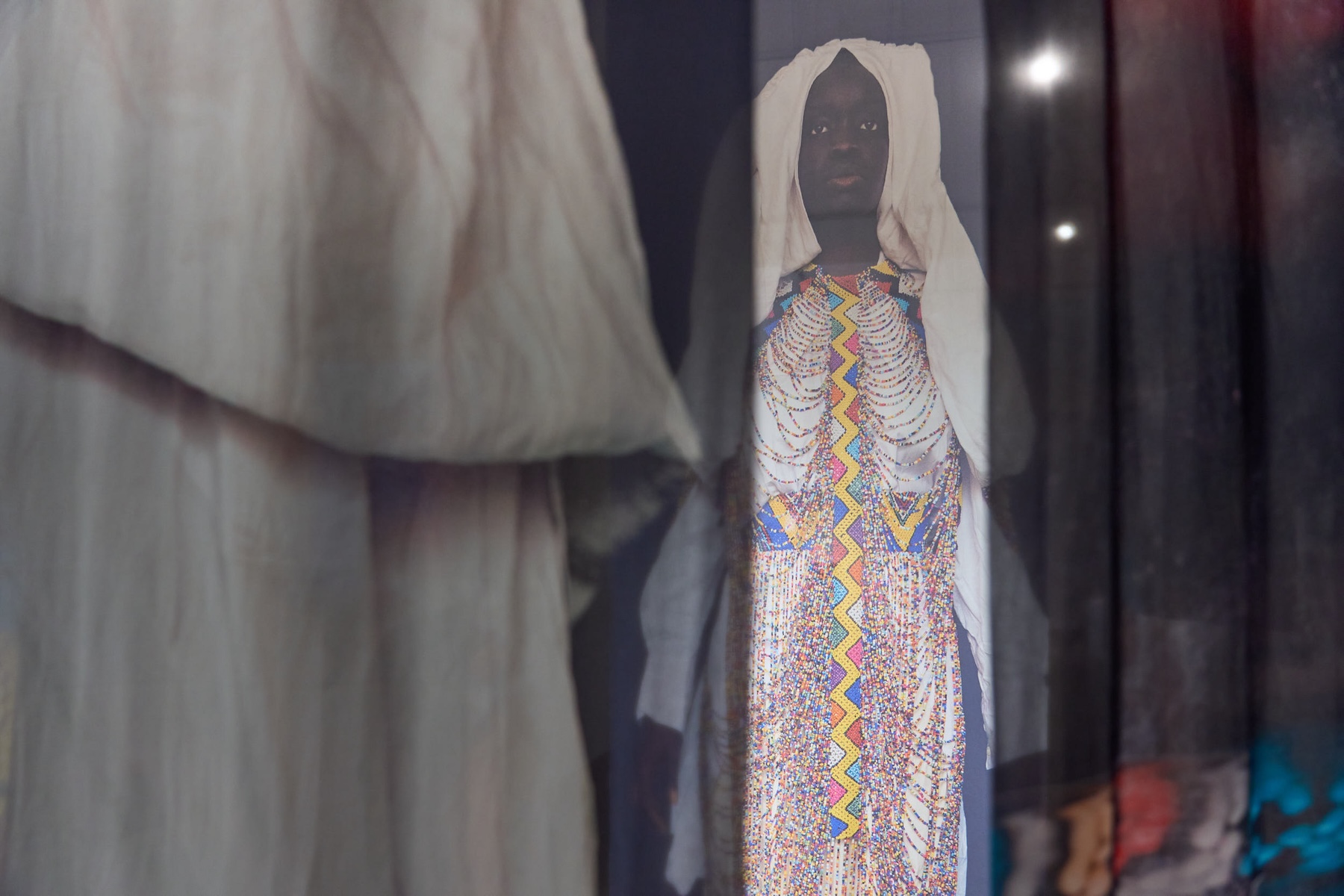
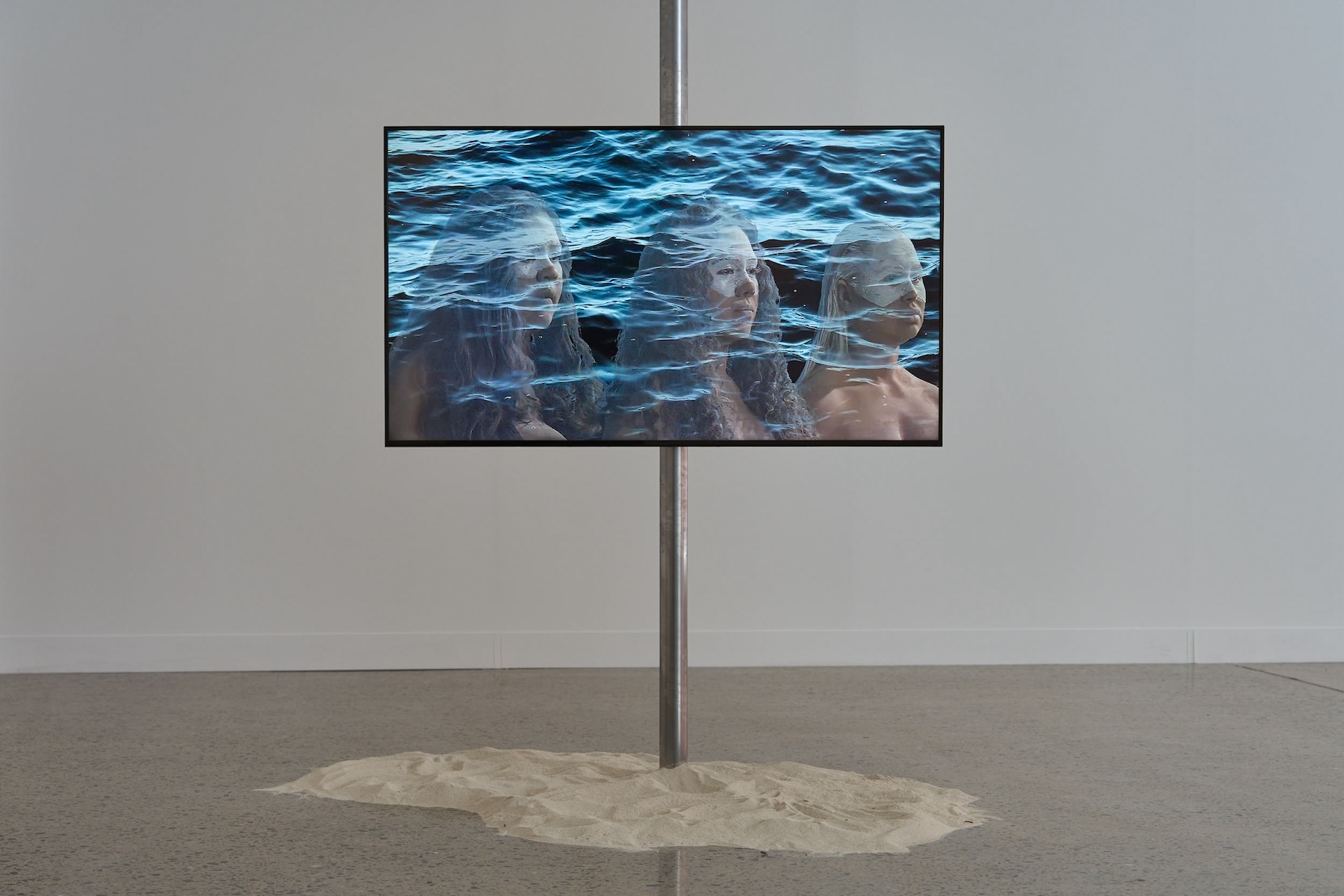
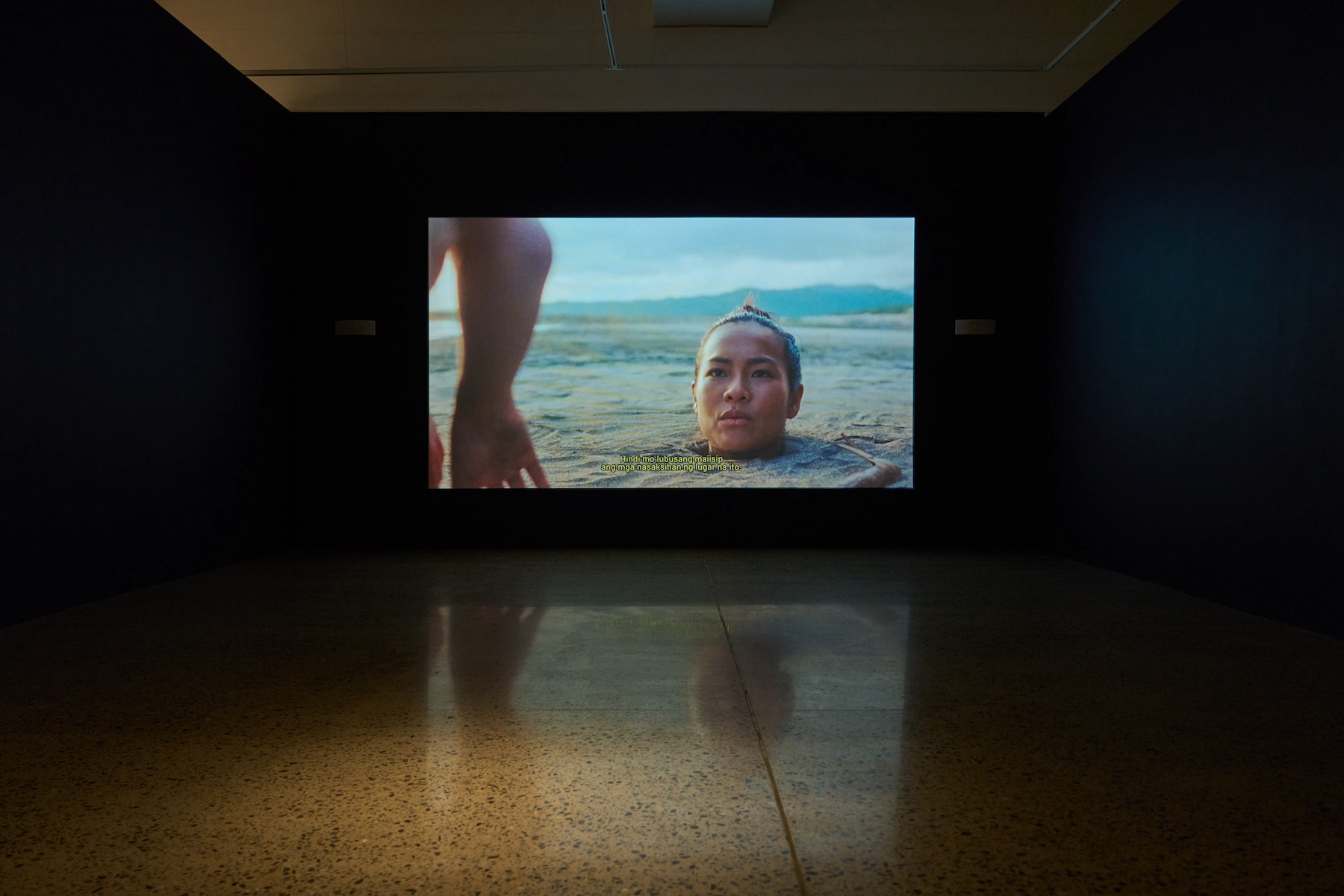

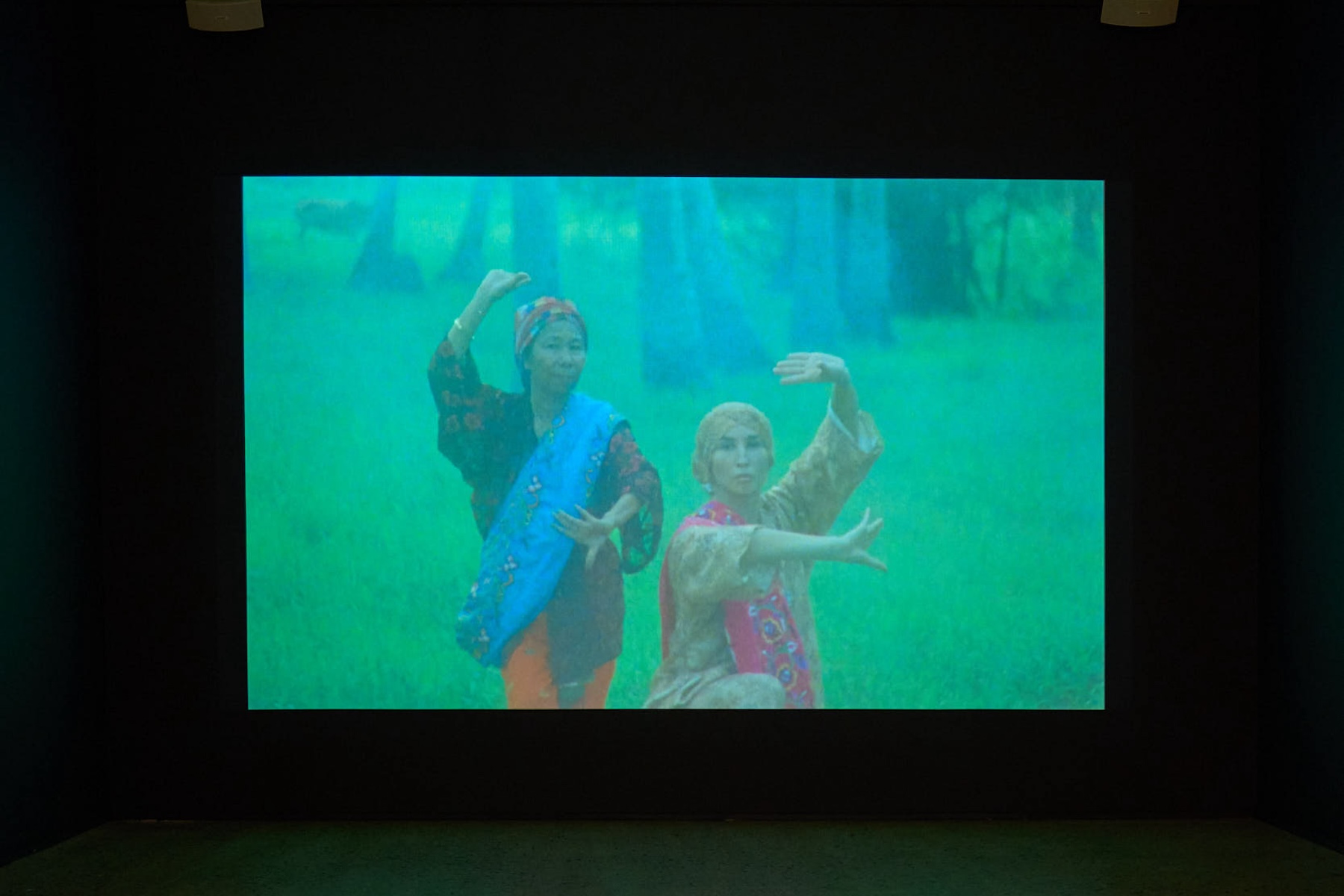
Shared Skin, currently showing at Adelaide Contemporary Experimental (ACE), is a thought-provoking exhibition featuring both new commissions and existing works that explore the concept of family. Artists from First Nations and culturally diverse backgrounds present their unique perspectives on what family means to them and how it is shaped by connections to land, society and history.
The idea for the exhibition originated when curator Rayleen Forester started her own family, and noticed the lack of representation in contemporary art exhibitions.
“While you can historically see the family used as a subject across portraiture and photography, contemporary art has not dissected familial relationships as a knowledge system or network that interconnects outside of bloodlines,” explains Forester. “I was very keen on the idea of what the family could look like in an exhibition.”

Apple of My Eye, Marikit Santiago. Photo: Sam Roberts / Supplied
The artists explore the idea of family through specific relationships that may be influenced by social or environmental factors, or by directly involving their own families in the creative process. Shared Skin also highlights the notion of passing down knowledge and stories across generations, with the artists as parents wanting to teach their children that art-making can be a profession.
You might like
Juanella Donovan, an Adnyamathanha, Luritja, and lower southern Arrernte artist, presents a stunning installation titled Continuum, which embodies the idea of sharing knowledge. Donovan uses traditional weaving practices she learned from her Elders, passing these traditions on to her children. She created the works with her three daughters and views art as essential for maintaining a connection to country and culture. The installation consists of woven baskets and a light made from natural raffia, quandong seeds, human hair and emu feathers. The light represents knowledge and guidance, emulating the way stories are passed from Elders to younger generations.

Continuum, Juanella Donovan. Photo: Sam Roberts / Supplied
Another highlight of the exhibition is Jennifer Tee’s presentation. Her work focuses on the cosmos and lunar systems, drawing inspiration from palepai and tampan textiles—traditional woven cloths from the Lampung region of southern Sumatra, Indonesia. Tee’s creations intertwine her Dutch and Chinese-Indonesian heritage, using pineapple fibre waste to create mapping systems that her parents would have learned about. Her work investigates cultural identity, rituals, and a sense of belonging shaped by her family’s migration from Indonesia to the Netherlands in the 1950s.
Filipino Australian artist Marikit Santiago involves her family in the process. Not only are they often the subjects of her work, but her three children also contribute their distinctive marks to her paintings. In Apple of My Eye, Santiago appropriates Michelangelo’s Pietà, depicting herself holding her youngest daughter Sarita instead of the Virgin Mary cradling Jesus. A second panel features Santiago with a python wrapped around her collarbone referencing the original sin of Adam and Eve. This work, created using recycled cardboard, is beautifully presented within custom-built wooden furniture.
Subscribe for updates
While the exhibition includes a broad range of media, there is a noticeable number of artists using video as their preferred medium.
“I believe that for this exhibition, and within this context, moving image works exemplify the many ideals of the show’s premise communicating these systems as a spoken language that must be heard and witnessed as bodies navigate differing landscapes and environments,” states Forester.
Vietnamese American artist, Tuan Andrew Nguyen’s post-apocalyptic film, The Boat People is particularly captivating. Filmed in Bataan, Philippines, it follows a group of children, possibly the last survivors of humanity, who travel the seas and collect objects which carry stories of a colonial past. They recreate these objects in wood and then burn them to release them from the burdens of the past. Nguyen’s work emphasises our complex relationship with our need to preserve some objects and destroy others.
“I really wanted Nguyen’s film to be a closing thought — to suggest an idea that these systems of families hold power in their collectivisation and that our knowledge and futures will grow in collaborative models of learning as opposed to learning from traumatic colonial relics of the past,” says Forester.

Shared Skin installation view. Photo: Sam Roberts / Supplied
The concept of family is ever evolving and the artists in Shared Skin present the complexities and changing forms of familial relationships. Through diverse mediums and approaches, they offer a new narrative on the meaning of family and invite the audience to contemplate what it means to them.
Shared Skin continues at Adelaide Contemporary Experimental until April 12 as part of Adelaide Festival 2025
